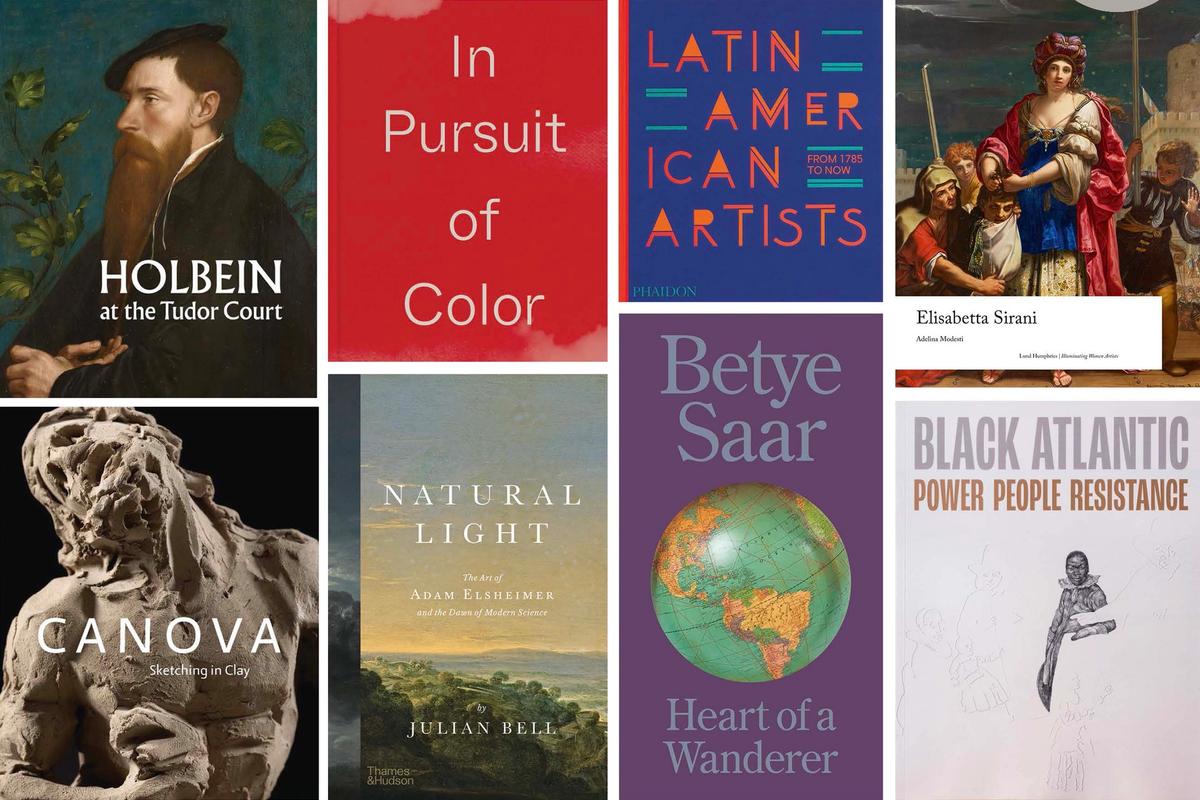Jacqueline Riding
Contributing editor, books

Betye Saar: Heart of a Wanderer, edited by Diana Seave Greenwald (Isabella Stewart Gardner Museum/Princeton University Press)
Full-colour throughout, this fabulous volume—as close as commercial publishing gets to an artist’s book—explores the importance of travel for the African American sculptor Betye Saar. Interweaving the explanatory text and images of Saar’s assemblages (found material combined with the artist’s own drawings and paintings) are full-page facsimiles of her fascinating travel journals.
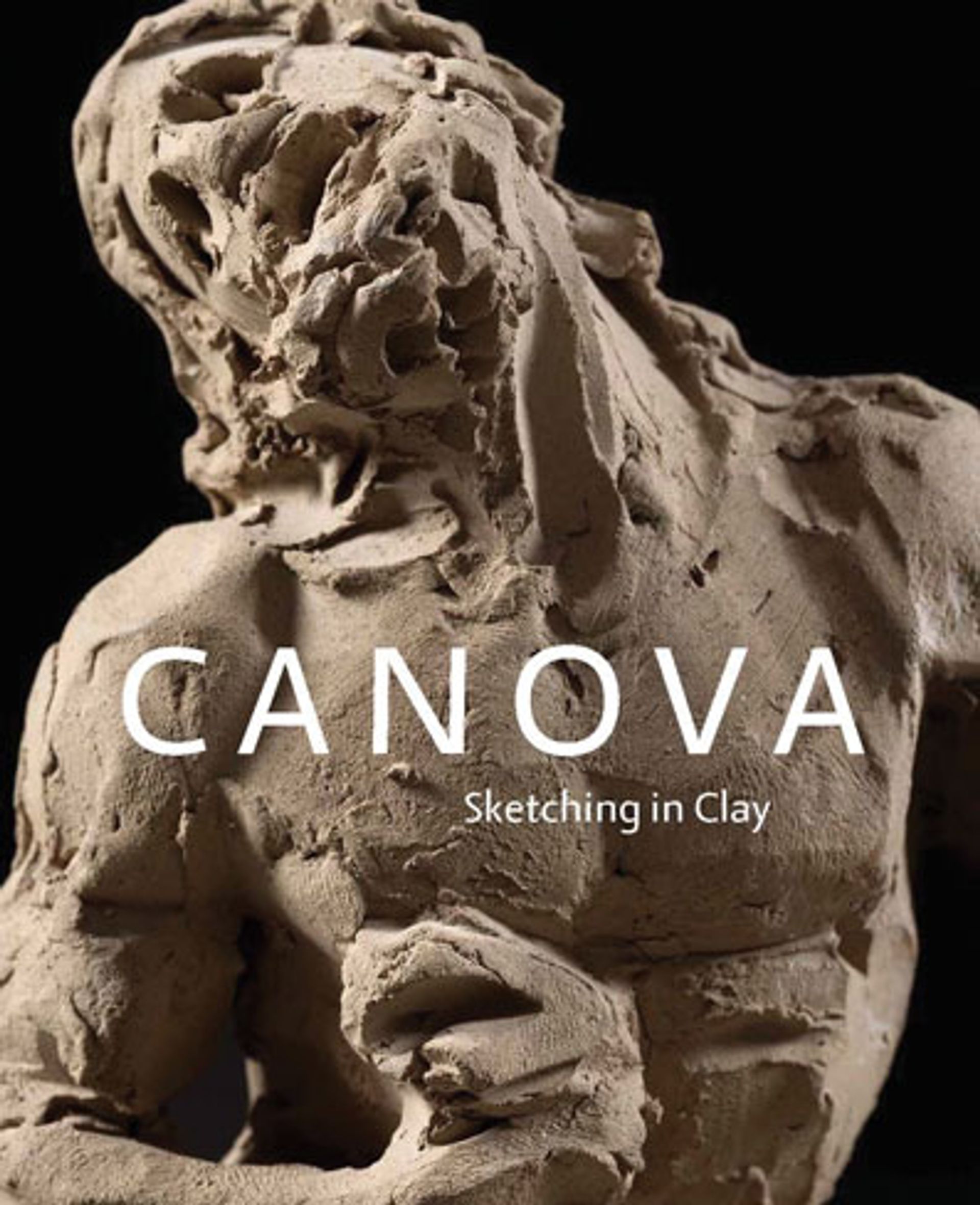
Canova: Sketching in Clay by C.D. Dickerson and Emerson Bowyer (Yale University Press)
This beautiful catalogue combines up-to-date scholarship and scientific analysis, stunning photography by Luigi Spina (close-ups reveal Canova’s fingerprints) with an elegantly understated design that cleverly mimics the raw material in discussion: from the plain cover and matte paper, to the reduced palette of black-white-terracotta.
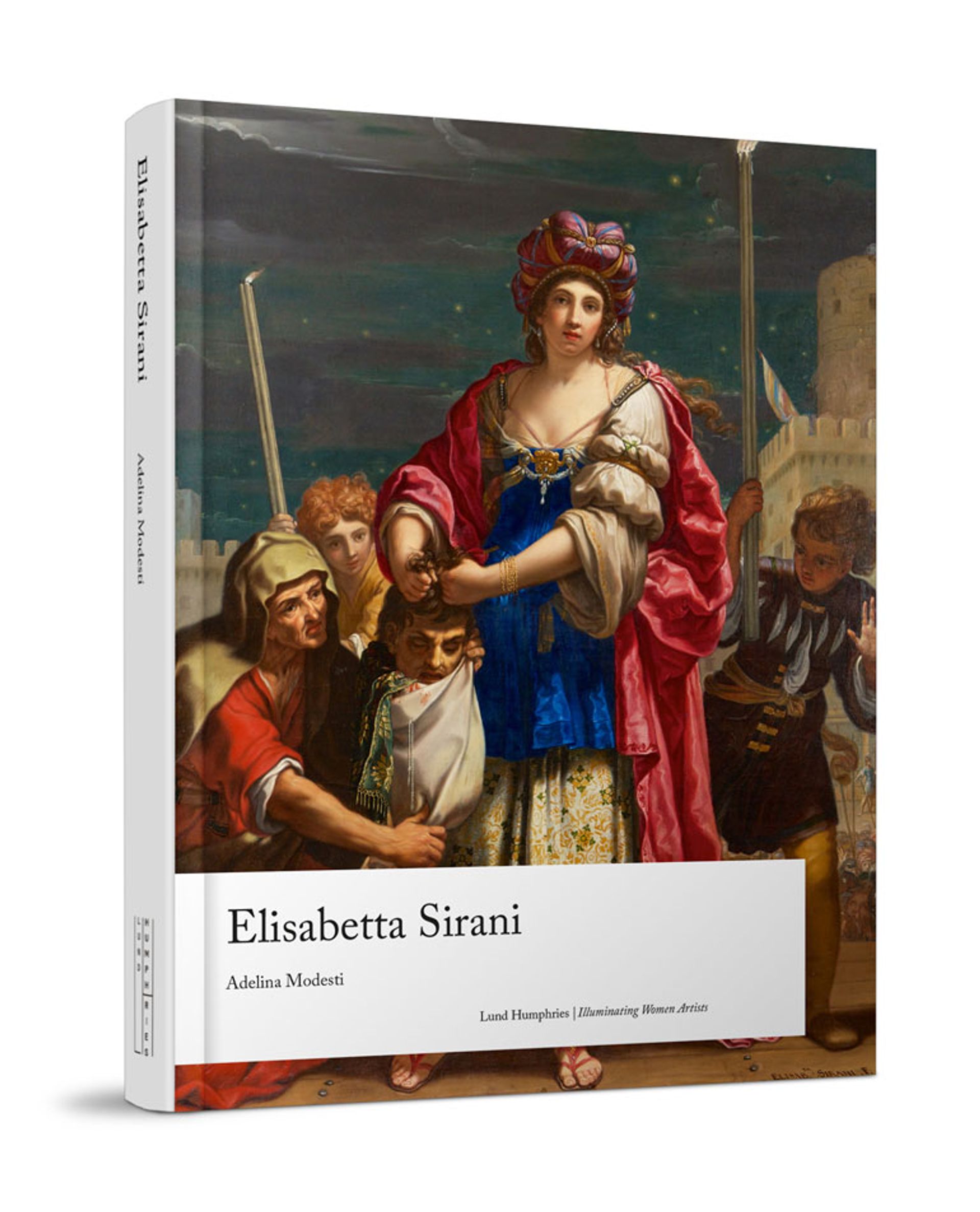
Elisabetta Sirani by Adelina Modesti (Lund Humphries)
Lund Humphries’s Illuminating Women Artists series, co-published with Getty Publications, is doing great work in bringing cutting-edge scholarship to a broader audience while restoring women artists and their incredible, often forgotten, careers to the canon. Here the extraordinary life of the 17th-century painter Elisabetta Sirani—once considered “the best brush in Bologna”—is the focus of Adelina Modesti’s brilliant, fully illustrated biography.
Gareth Harris
Book club co-editor and chief contributing editor
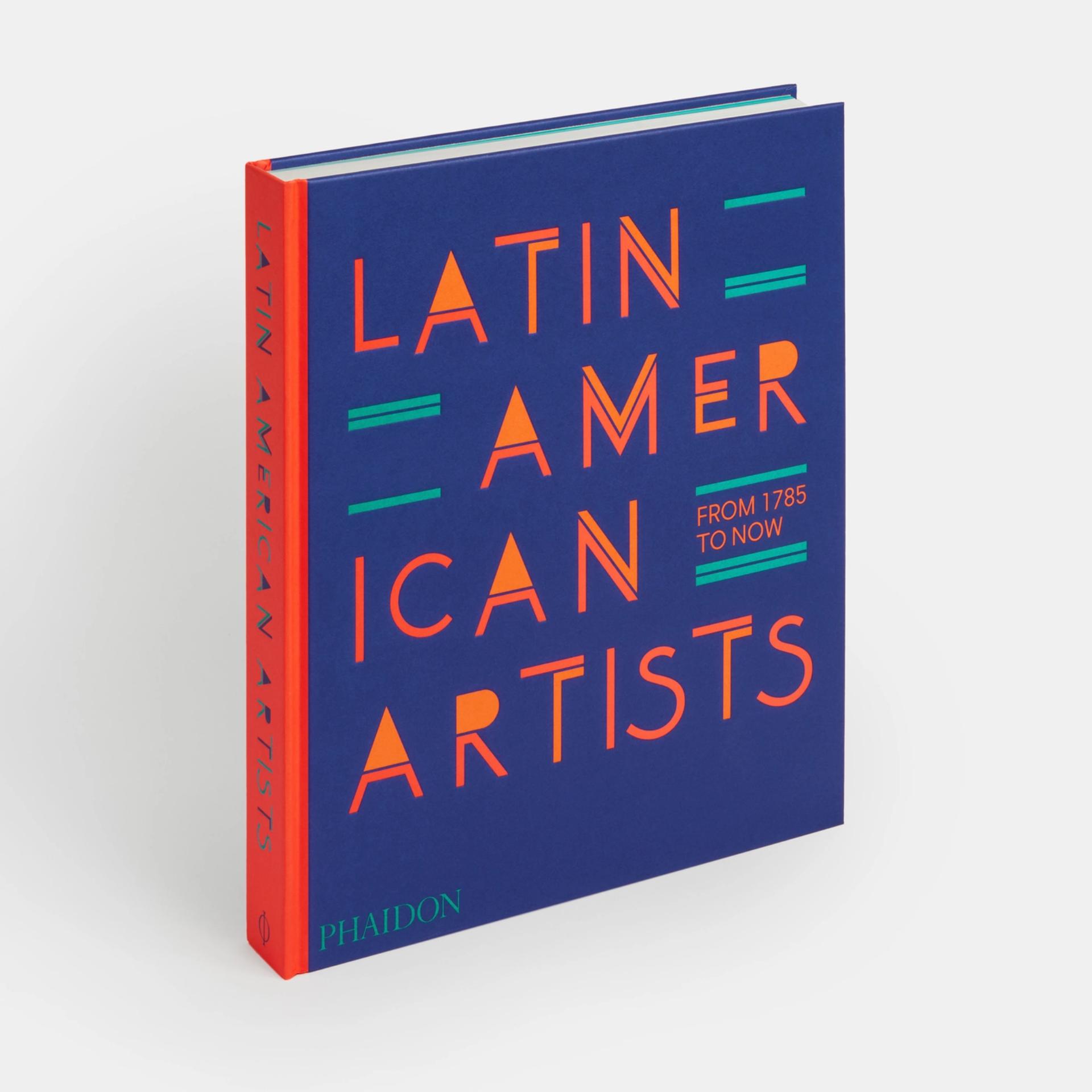
Latin American Artists: From 1785 to Now, edited by Phaidon with an introduction by Raphael Fonseca (contributor) (Phaidon)
Phaidon is known for its accessible art surveys that provide readers with digestible information about an art history genre or geographical centre. This extensive, authoritative overview includes more than 300 Modern and contemporary artists born or based in Latin America, highlighting established artists such as the Mexico-based conceptualist Francis Alÿs and, crucially, lesser-known figures including the Lima-born philosopher and drag queen Giuseppe Campuzano. Queer artists are especially well represented with the late Paraguayan artist Feliciano Centurión—his delicate embroidered pillows and blankets reference his HIV diagnosis—a key inclusion.

Natural Light: The Art of Adam Elsheimer and the Dawn of Modern Science by Julian Bell (Thames & Hudson)
The 17th-century German artist Adam Elsheimer painted only around 30 small cabinet paintings in oil on copper panels, but Julian Bell cleverly outlines how these miniature works had a big impact, influencing Peter Paul Rubens, Rembrandt and Claude Lorrain. In his introduction, Bell writes: “I want to bring out not only the lyricism and humanity of his pictures, but the complexity of his thinking and the ways in which it bears on the debates about nature that were circulating in his era.” Bell presents his thesis in an expert and accessible way, lifting the lid on a figure who has largely slipped under the radar.
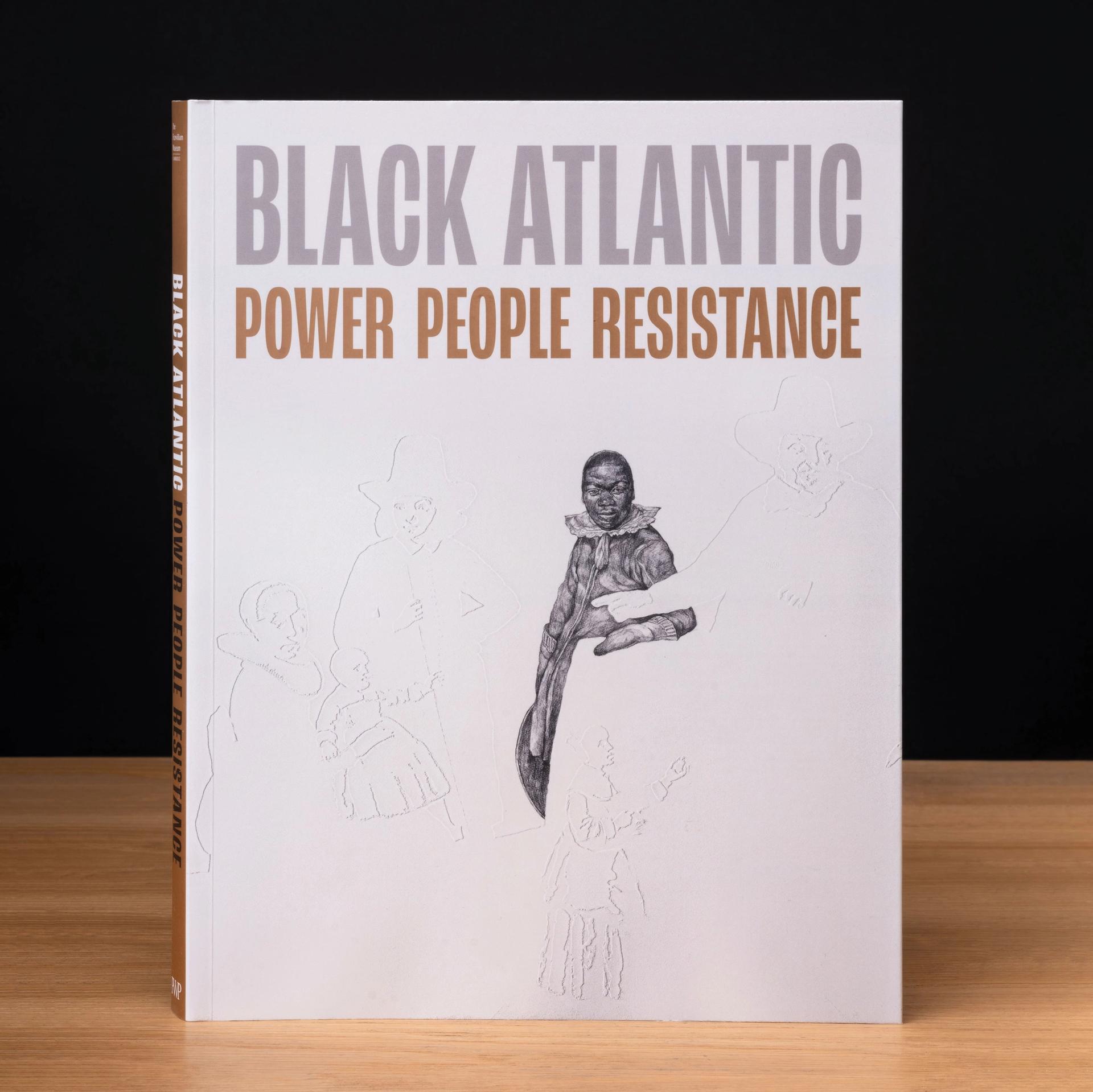
Black Atlantic: Power, People, Resistance, co-edited by Victoria Avery and Jake Subryan Richards (Bloomsbury Publishing)
This exhibition catalogue is an important reminder of how the transatlantic slave trade underpins the institutions of Cambridge, examining how the Fitzwilliam Museum was partly founded on slave money. The catalogue provides concise, astute insights into racism, resistance and privilege through objects such as an 18th-century teapot made in Staffordshire, showing a white couple drinking tea prepared by a Black servant. Barbara Walker’s revelatory Vanishing Point series (2017-ongoing) erases the dominant white figures in Western European paintings and makes the Black subjects visible by drawing them in fine detail, finally bringing them to the fore.
José da Silva
Book club co-editor and exhibitions editor

In Pursuit of Color, From Fungi to Fossil Fuels: Uncovering the Origins of the World’s Most Famous Dyes, by Lauren MacDonald (Atelier Éditions & D.A.P.)
Don’t know your cochineal from your crottle? Lauren MacDonald’s fascinating guide to the natural (and not so natural) sources of some the world’s most striking dyes is filled with colourful histories and anecdotes, from farmers taking their cochineal insects into their homes during storms to the crottle fungus’s use in colouring Harris Tweed and (allegedly) treating whooping cough. There are also playful elements in the design of the book, with buyers randomly assigned one of three primary colour covers and at the back of the book, there is a pull-out guide with techniques for dying and a handy glossary.
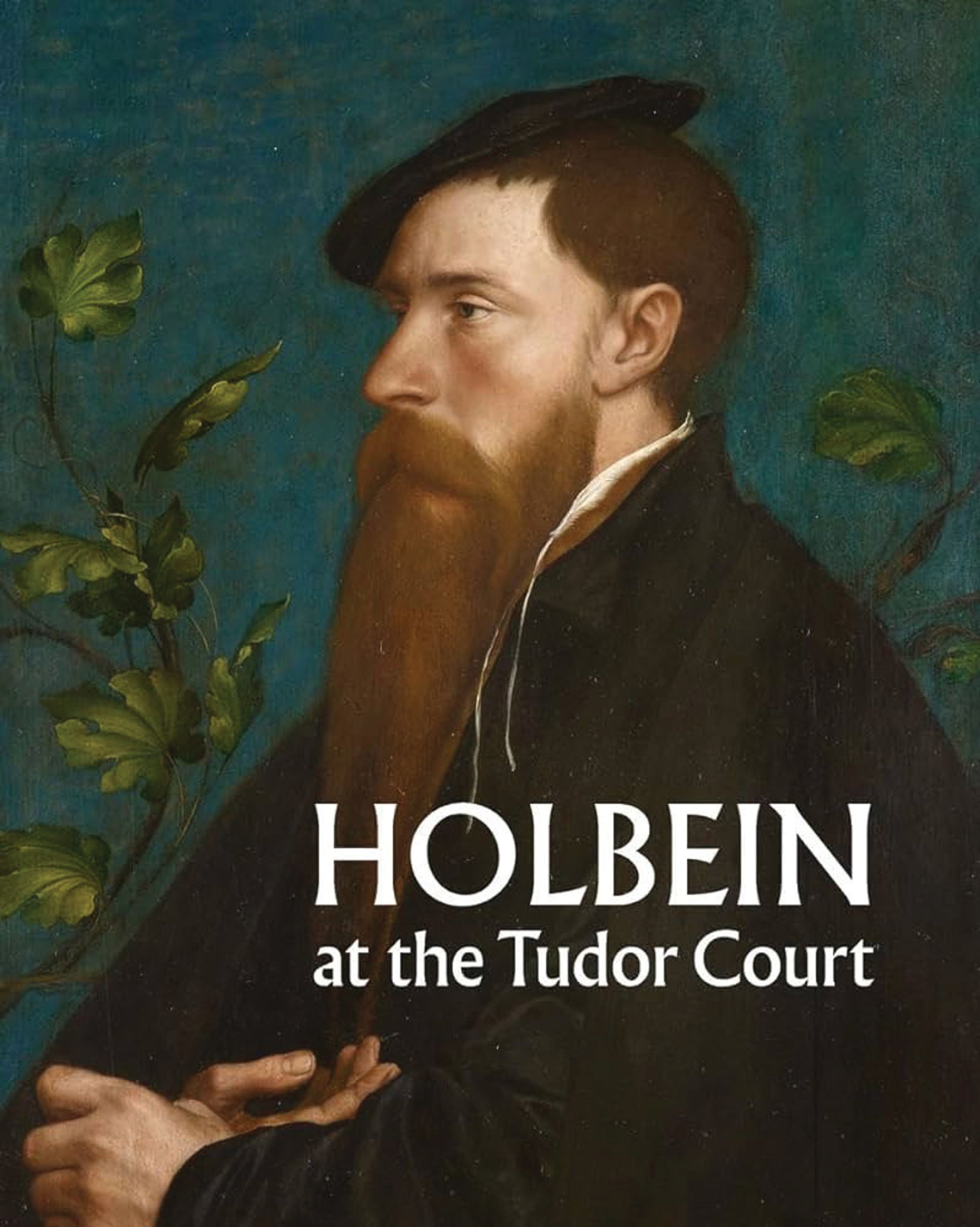
Holbein at the Tudor Court by Kate Heard (Royal Collection Trust)
Accompanying an exceptional exhibition of Hans Holbein the Younger’s drawings at the Queen’s Gallery in London, is a small catalogue written by the show’s curator, Kate Heard. Holbein’s paintings are delightful, but his preparatory drawings of the same sitters are genuinely moving, such is their realism and intimacy, transporting us back almost 500 years. There are profiles of the sitters—the Tudor period’s movers and shakers—but where the catalogue is more interesting is in its details of Holbein’s methods (embellishing certain cheekbones) or things you may have missed (“a touch of greenish watercolour in the eyes”).


